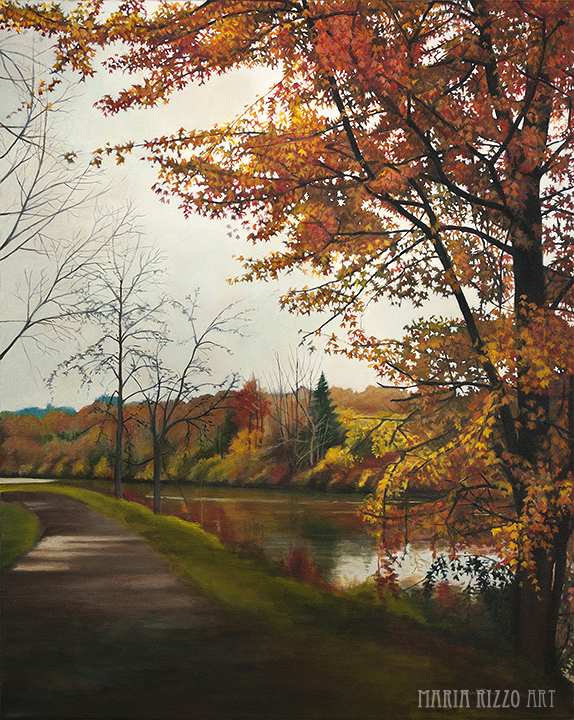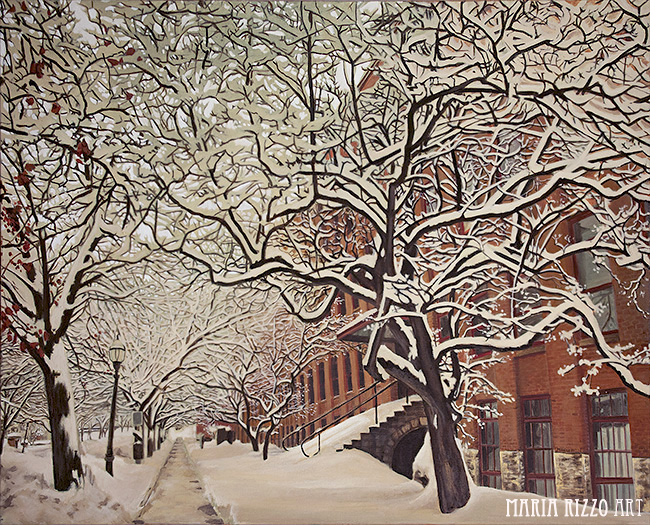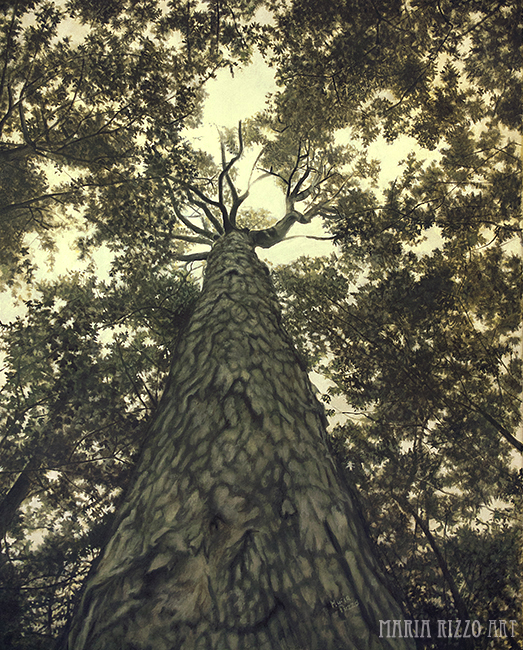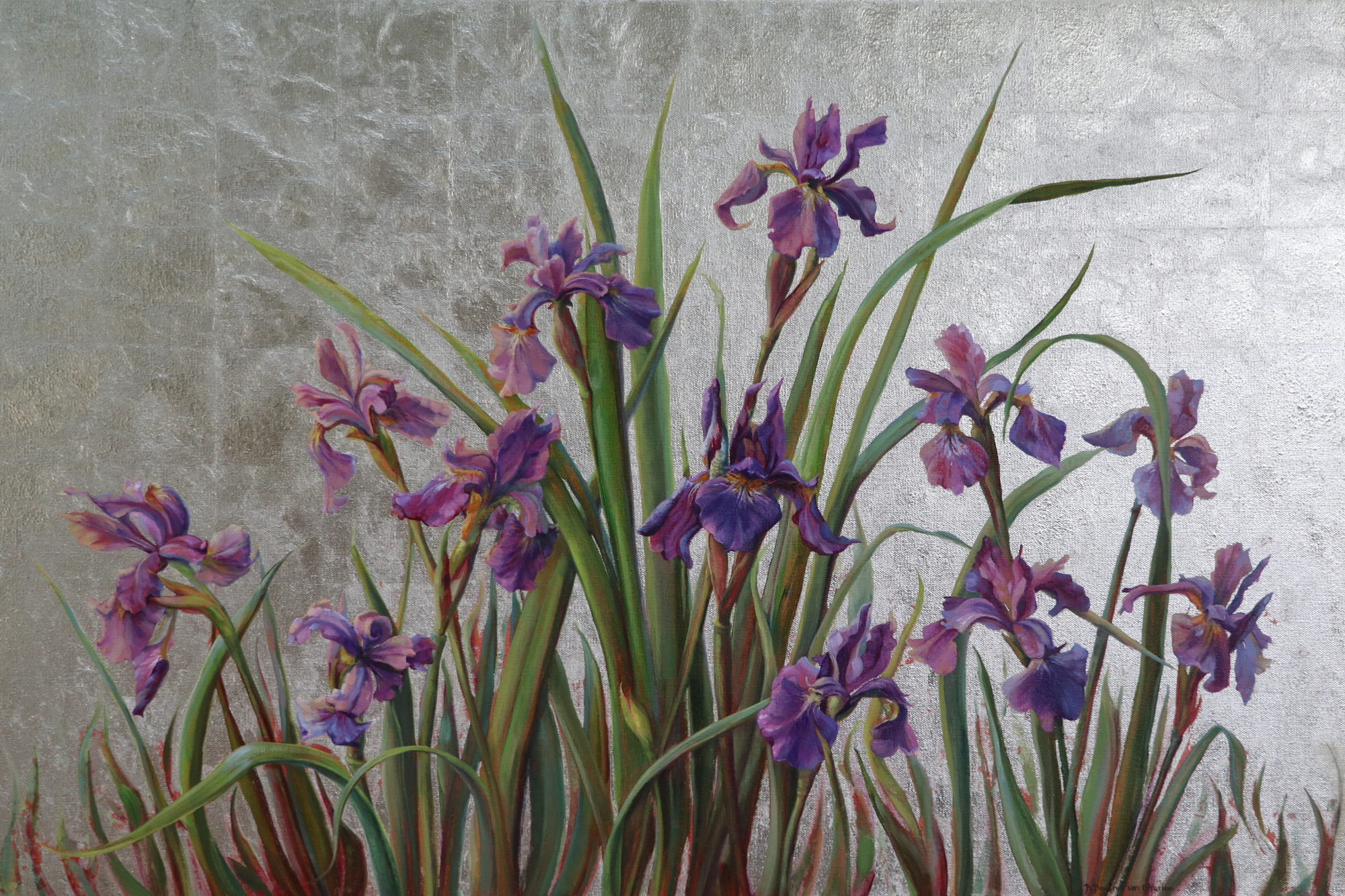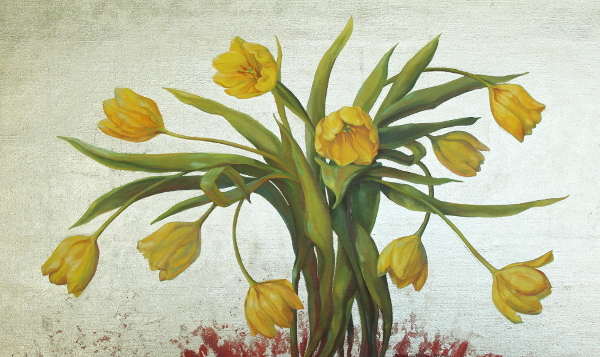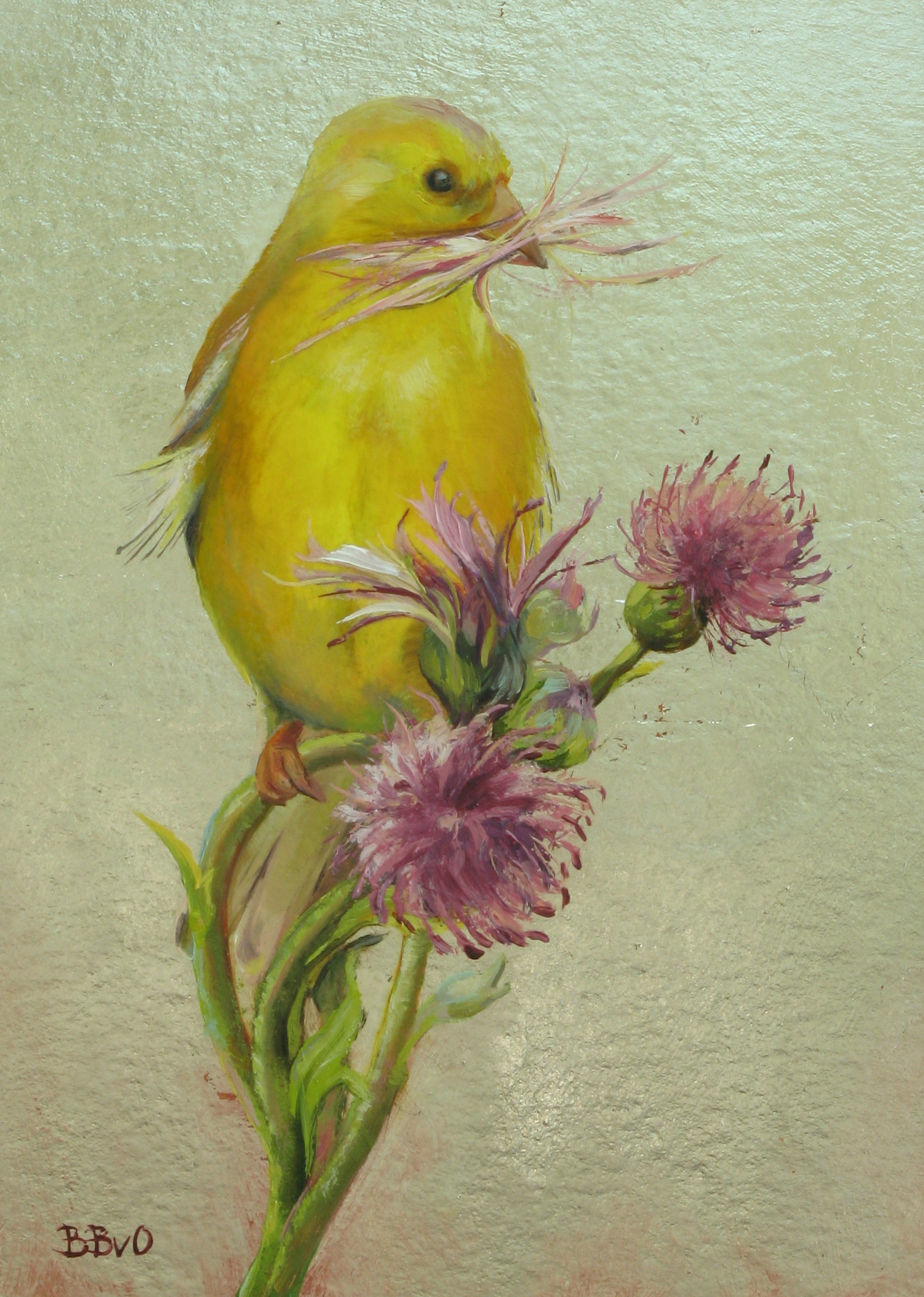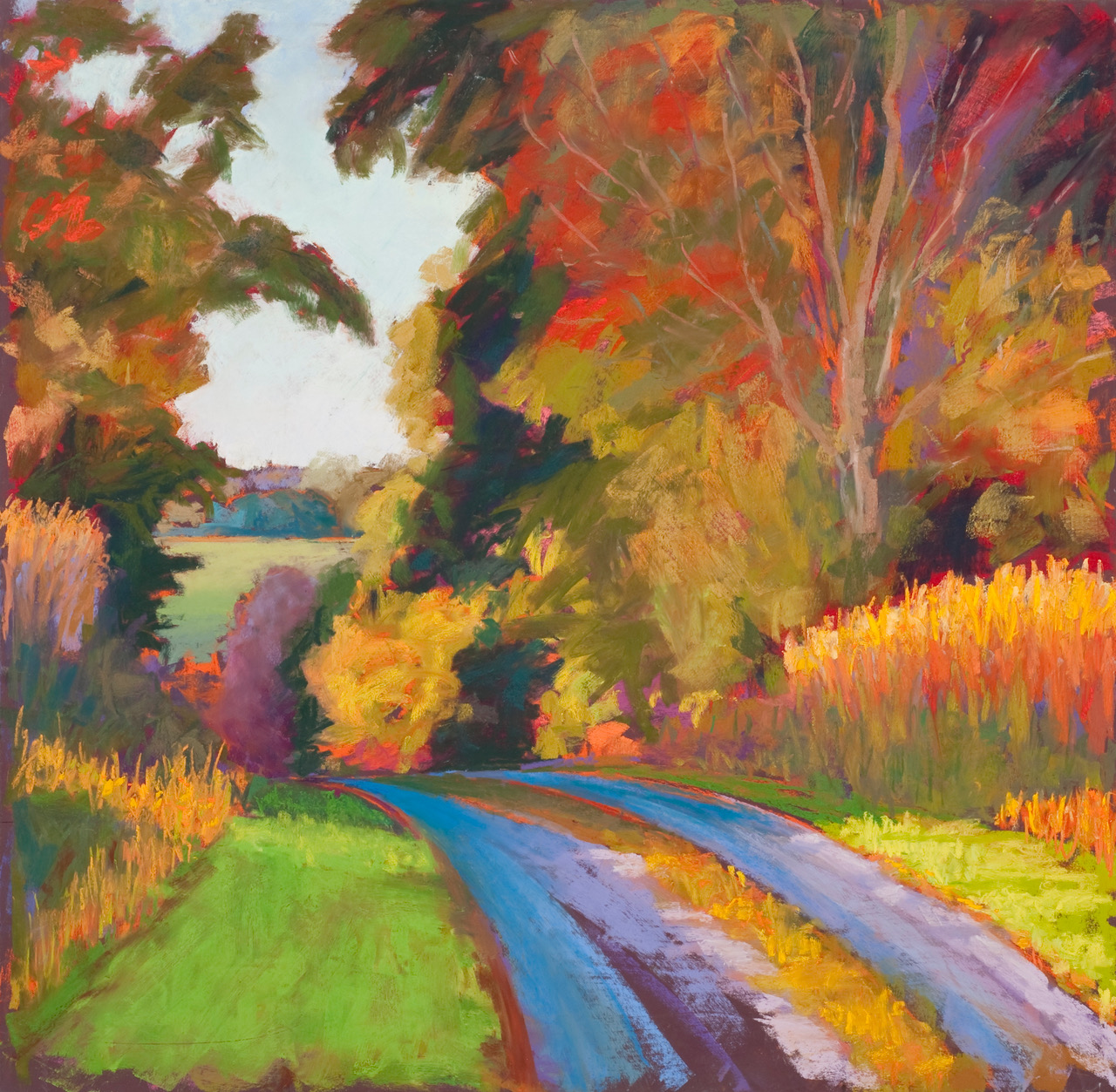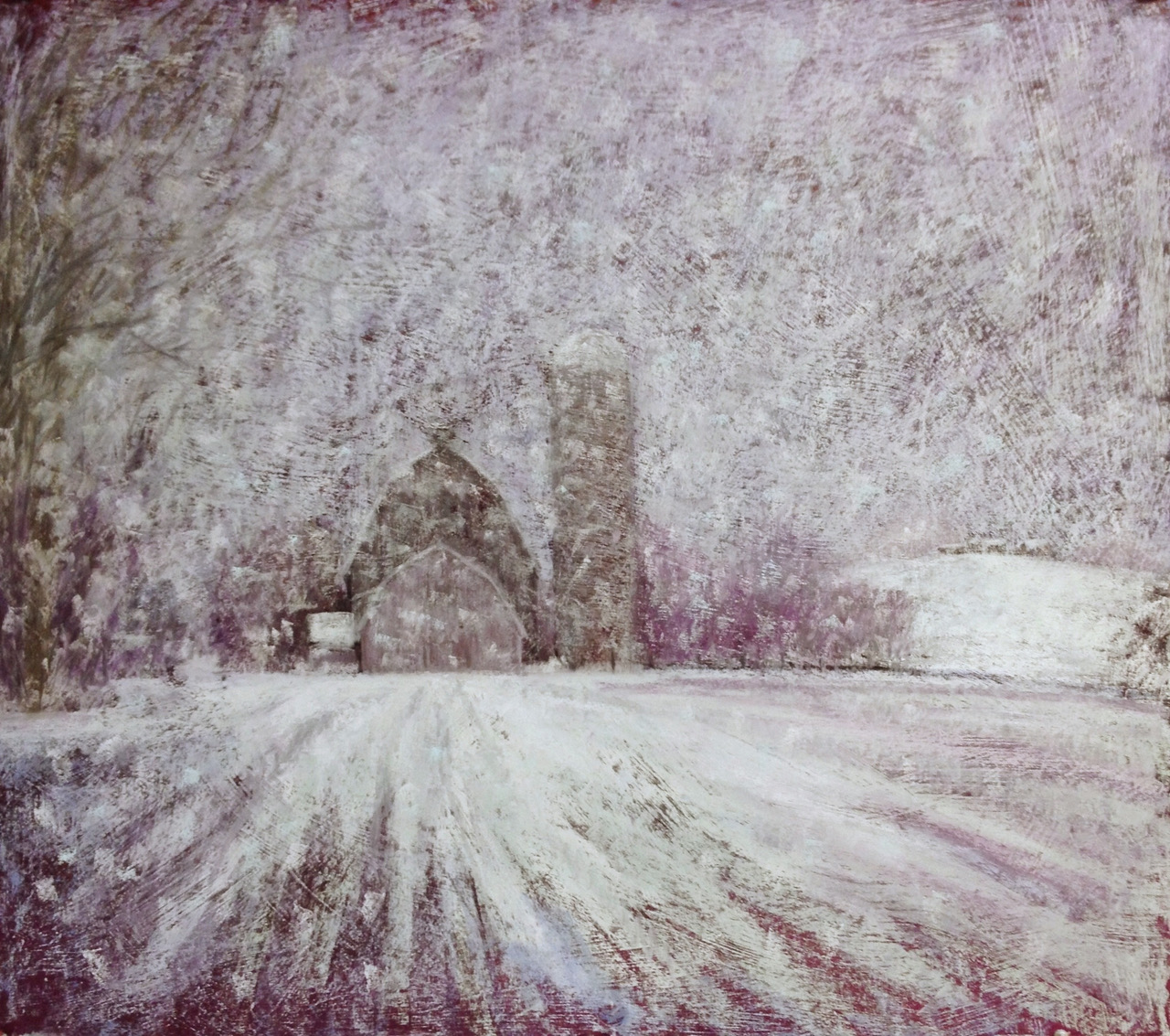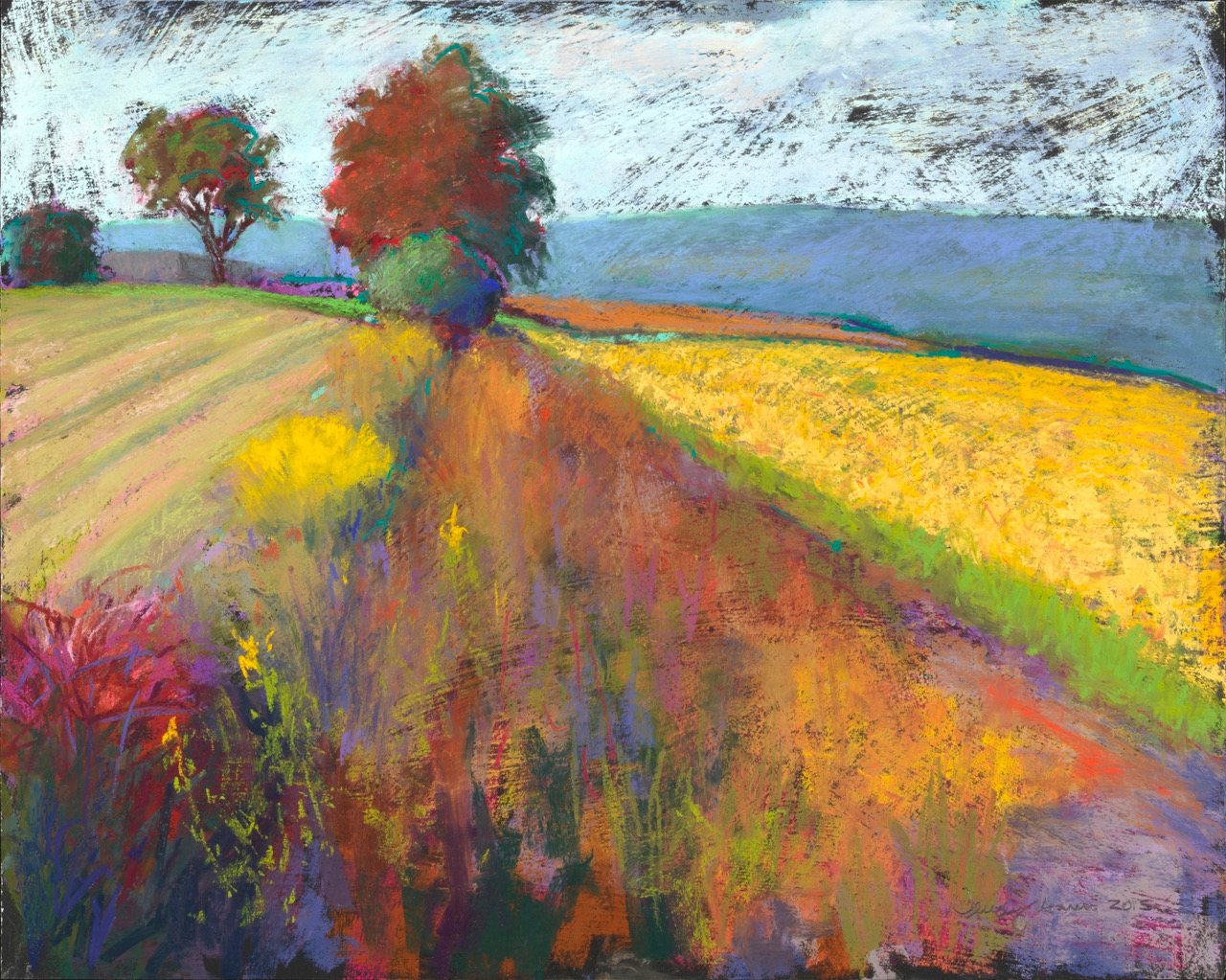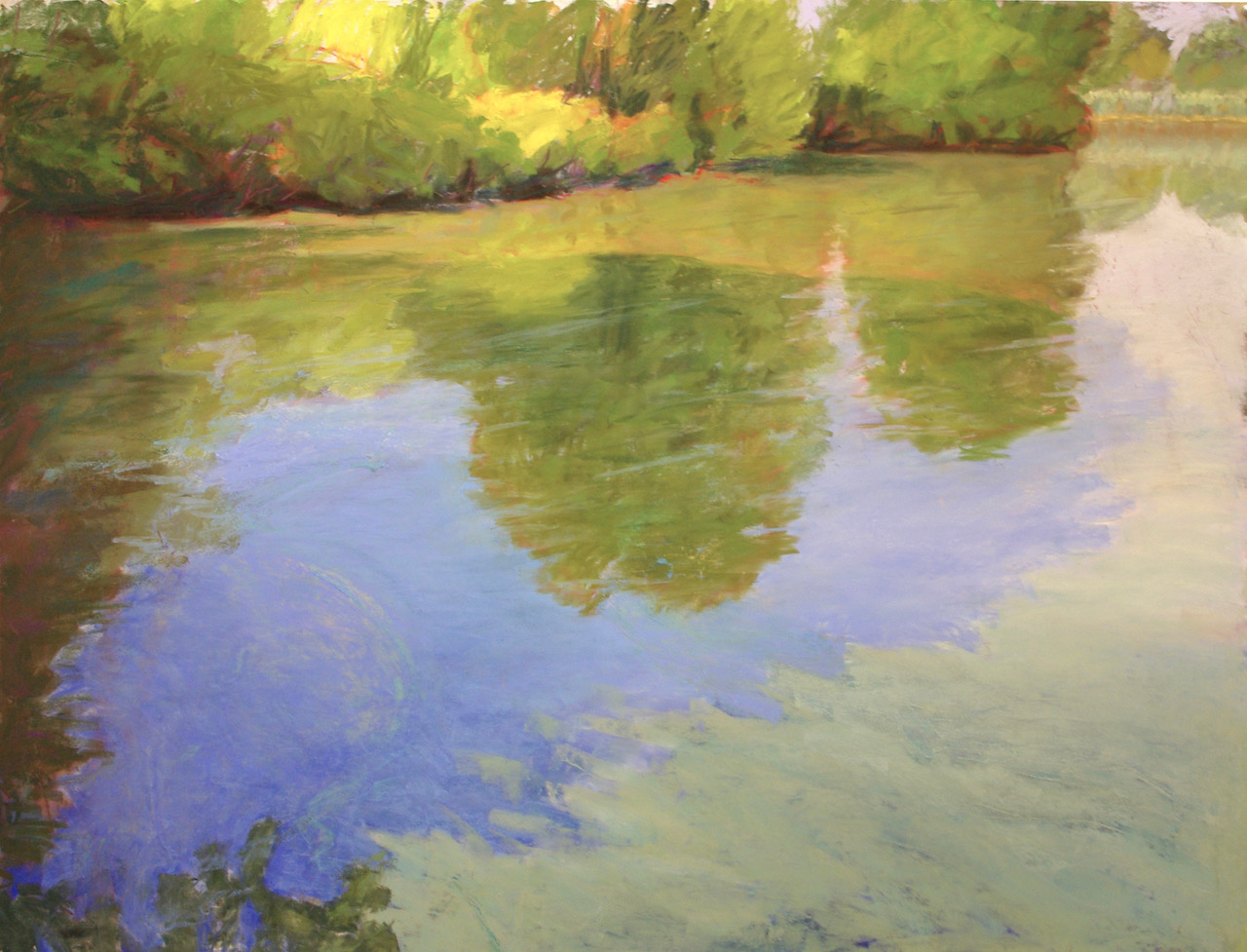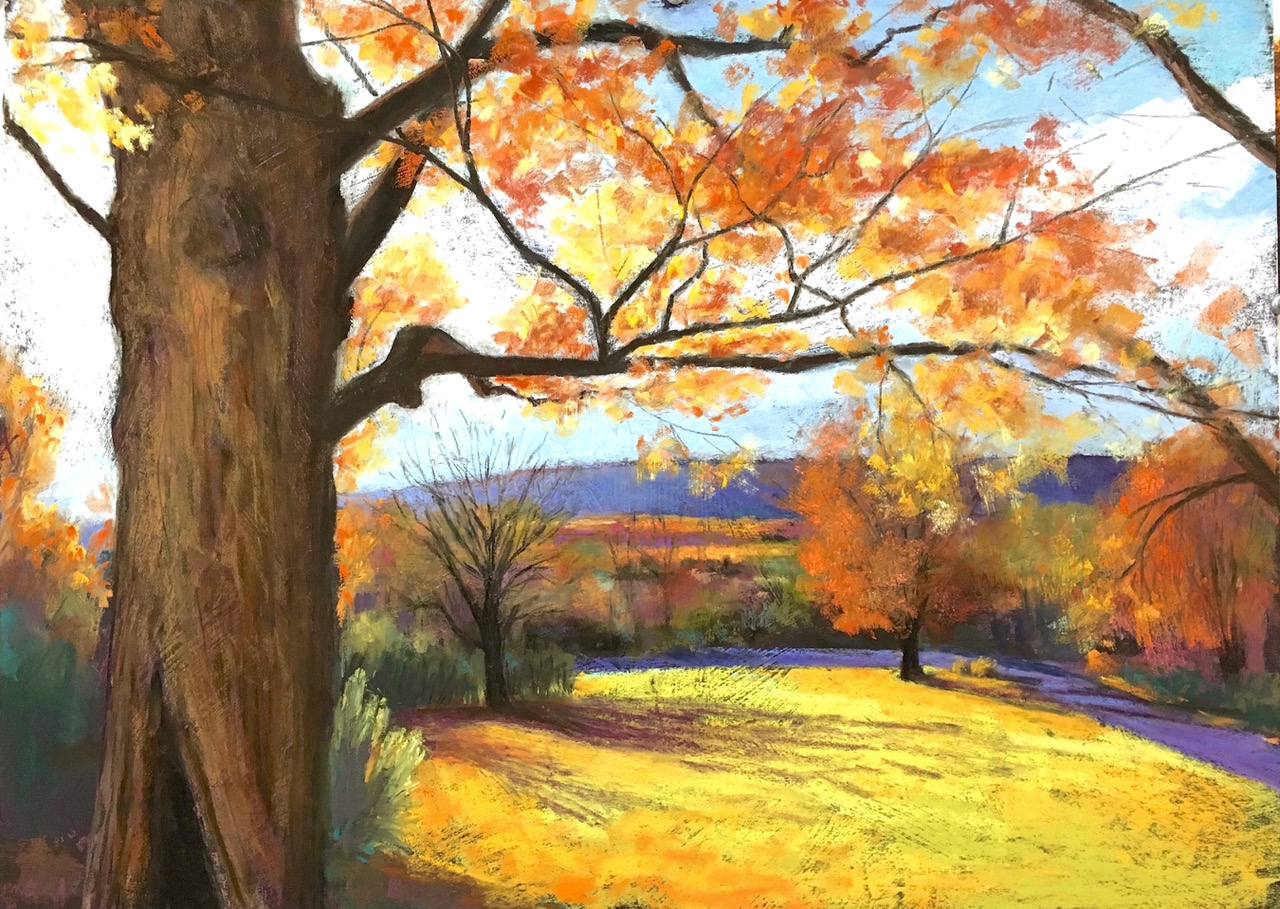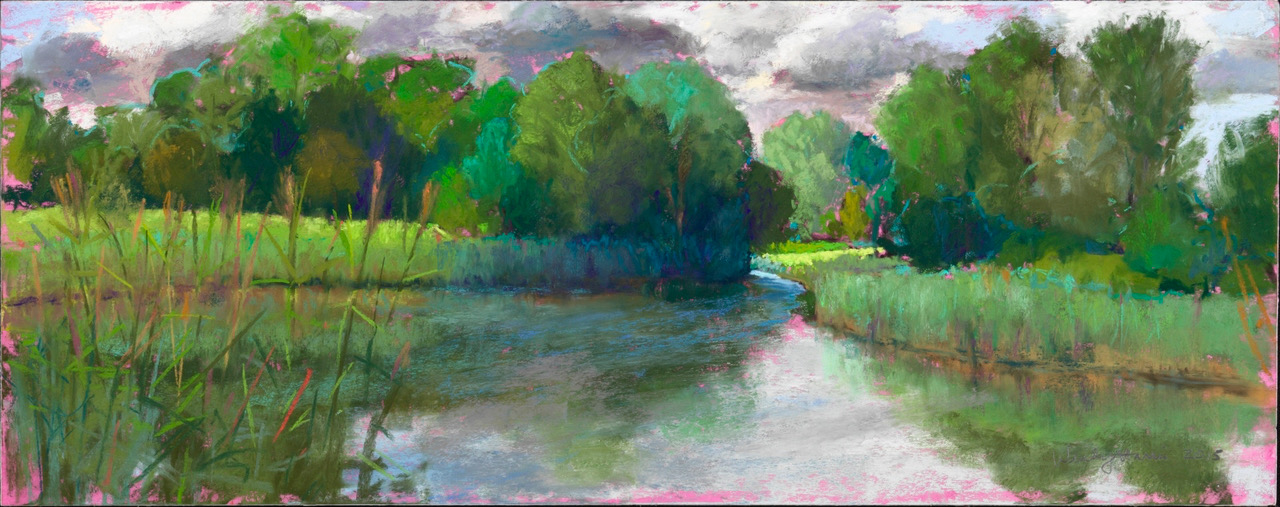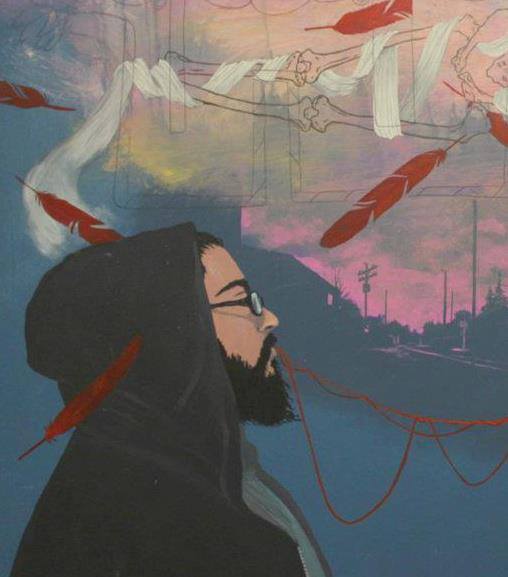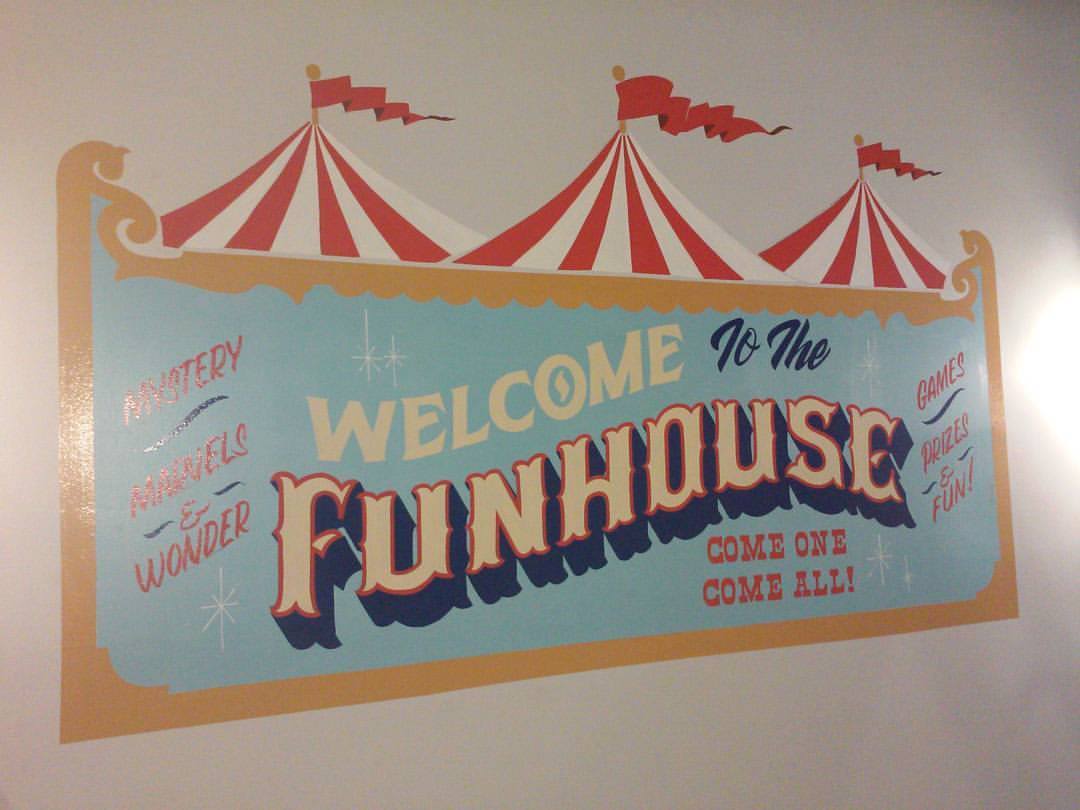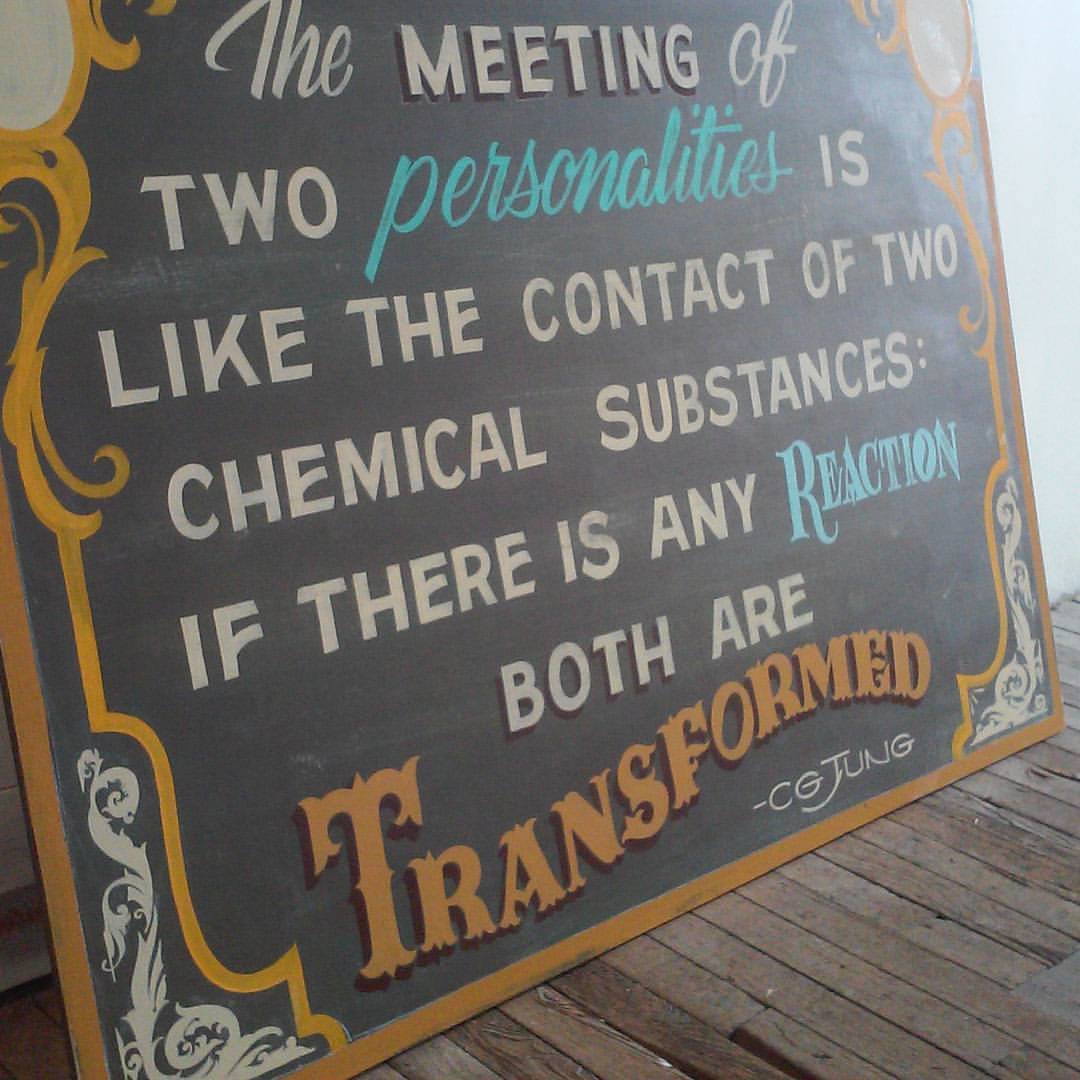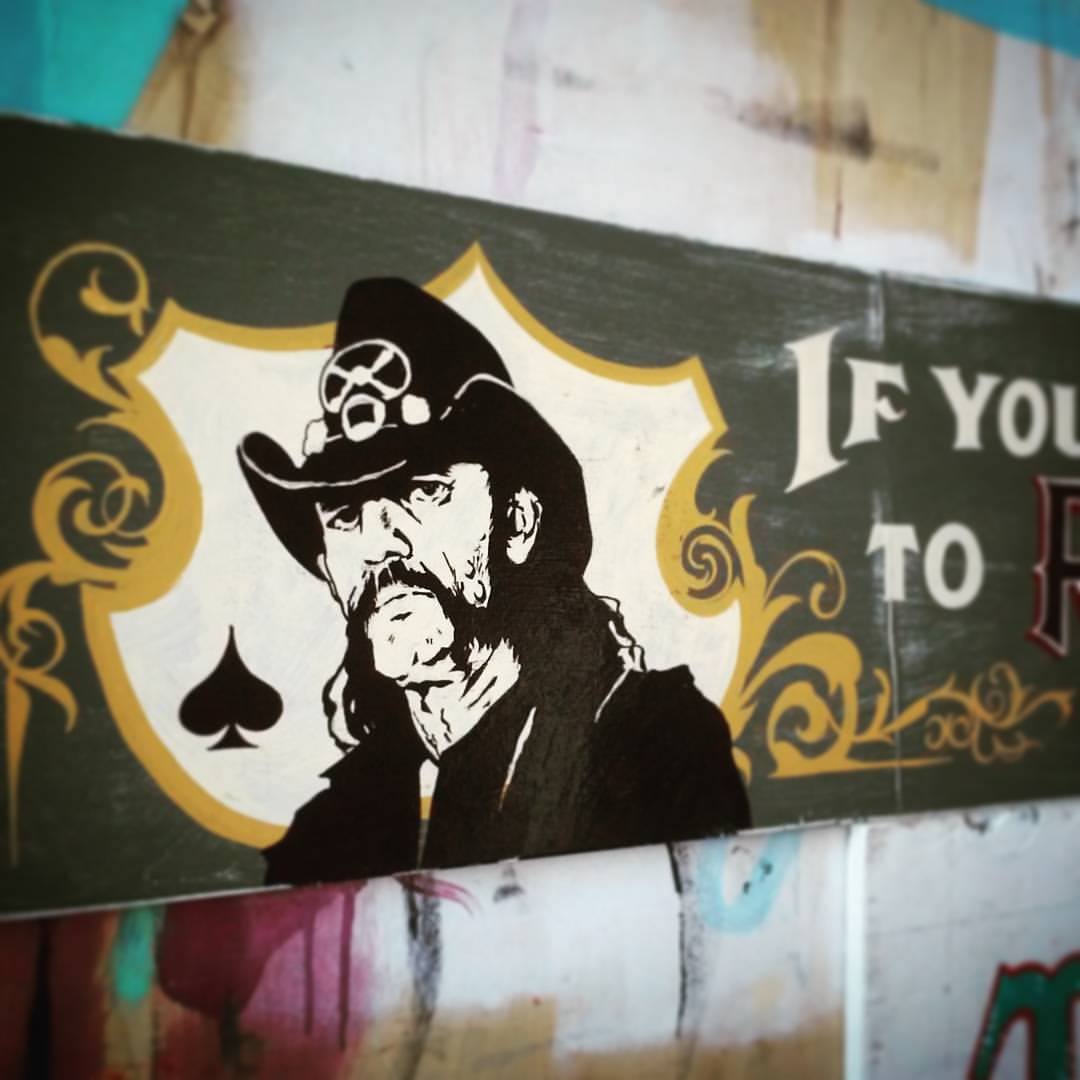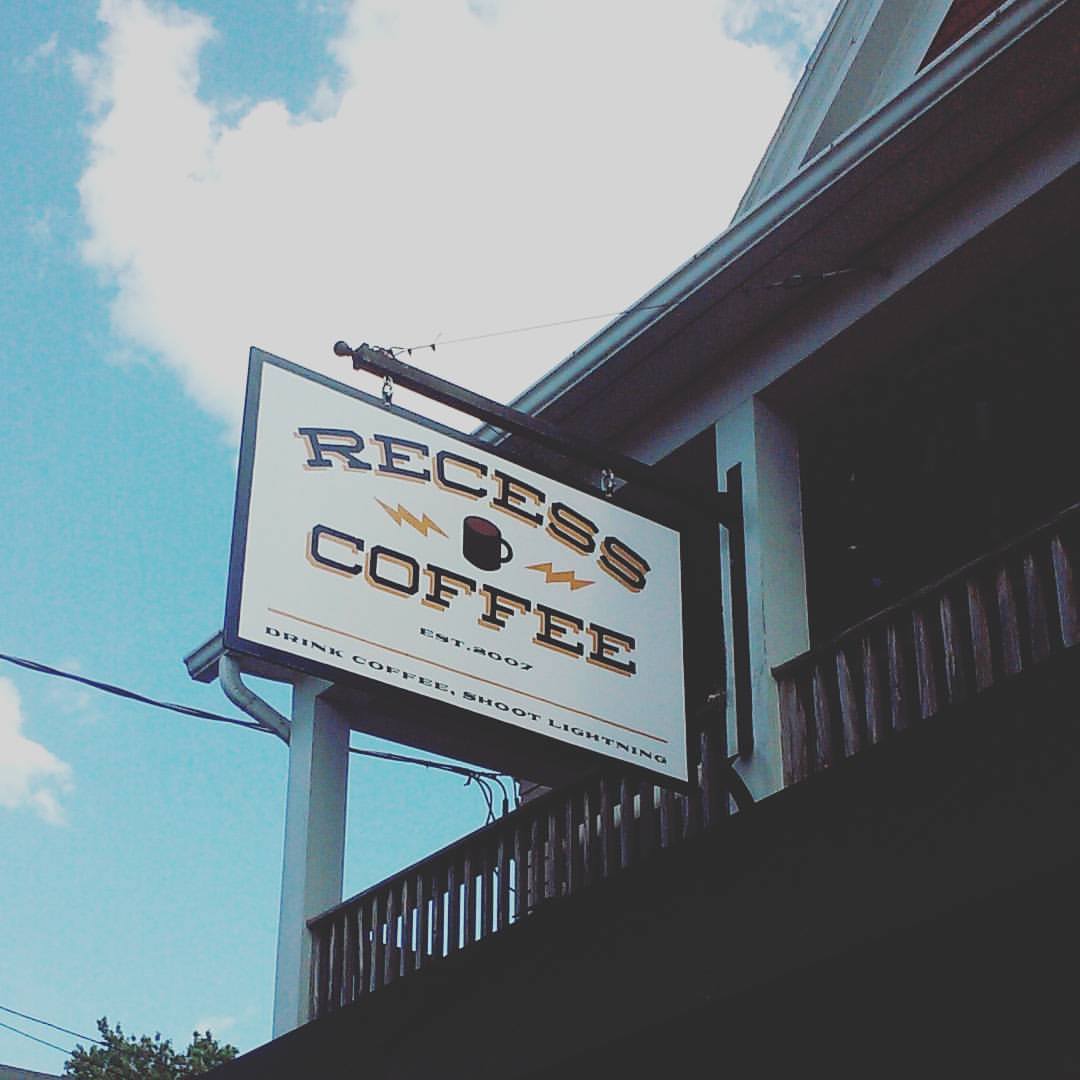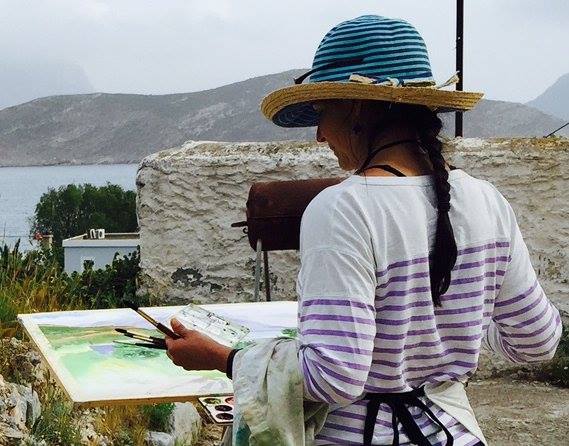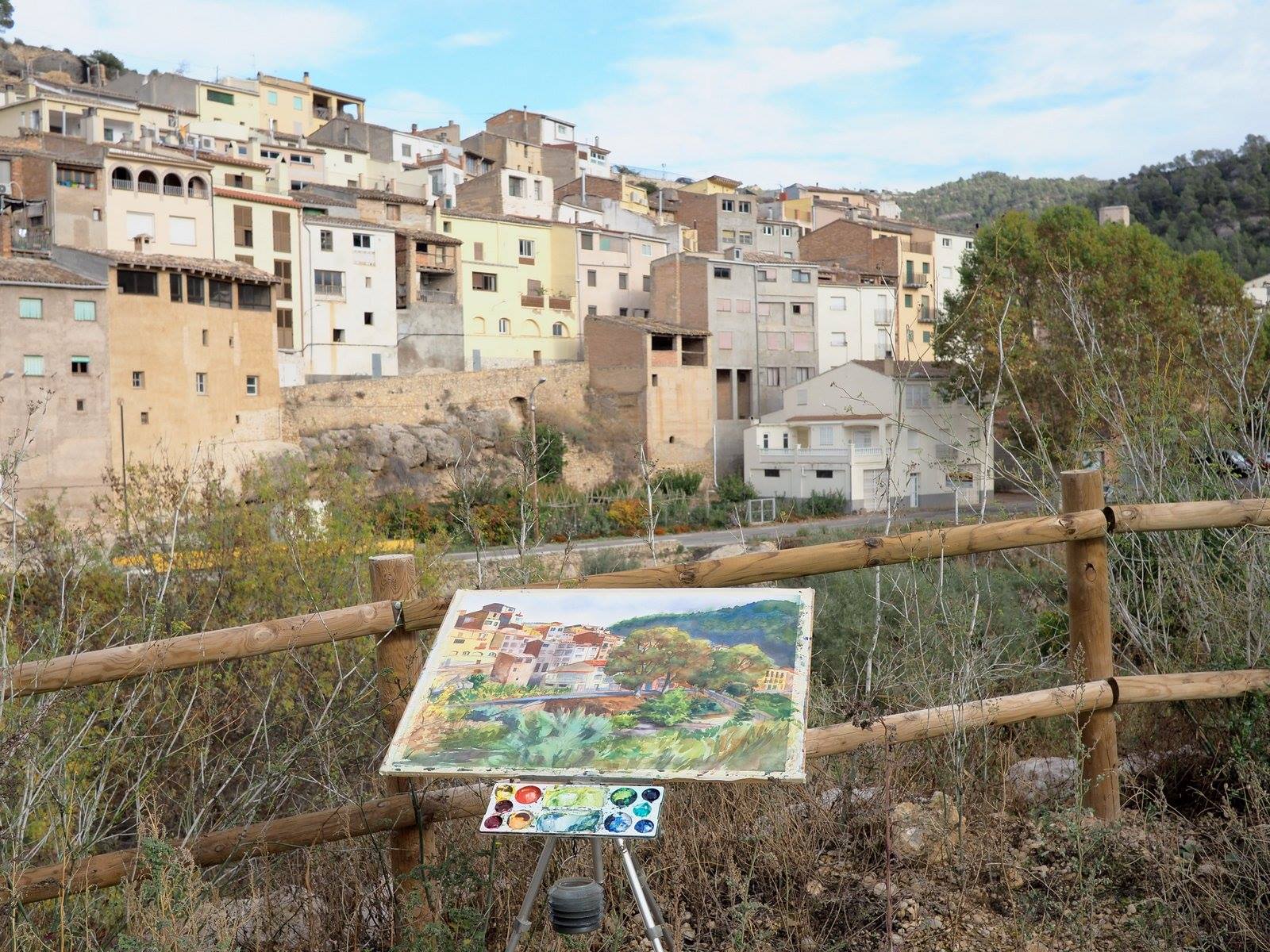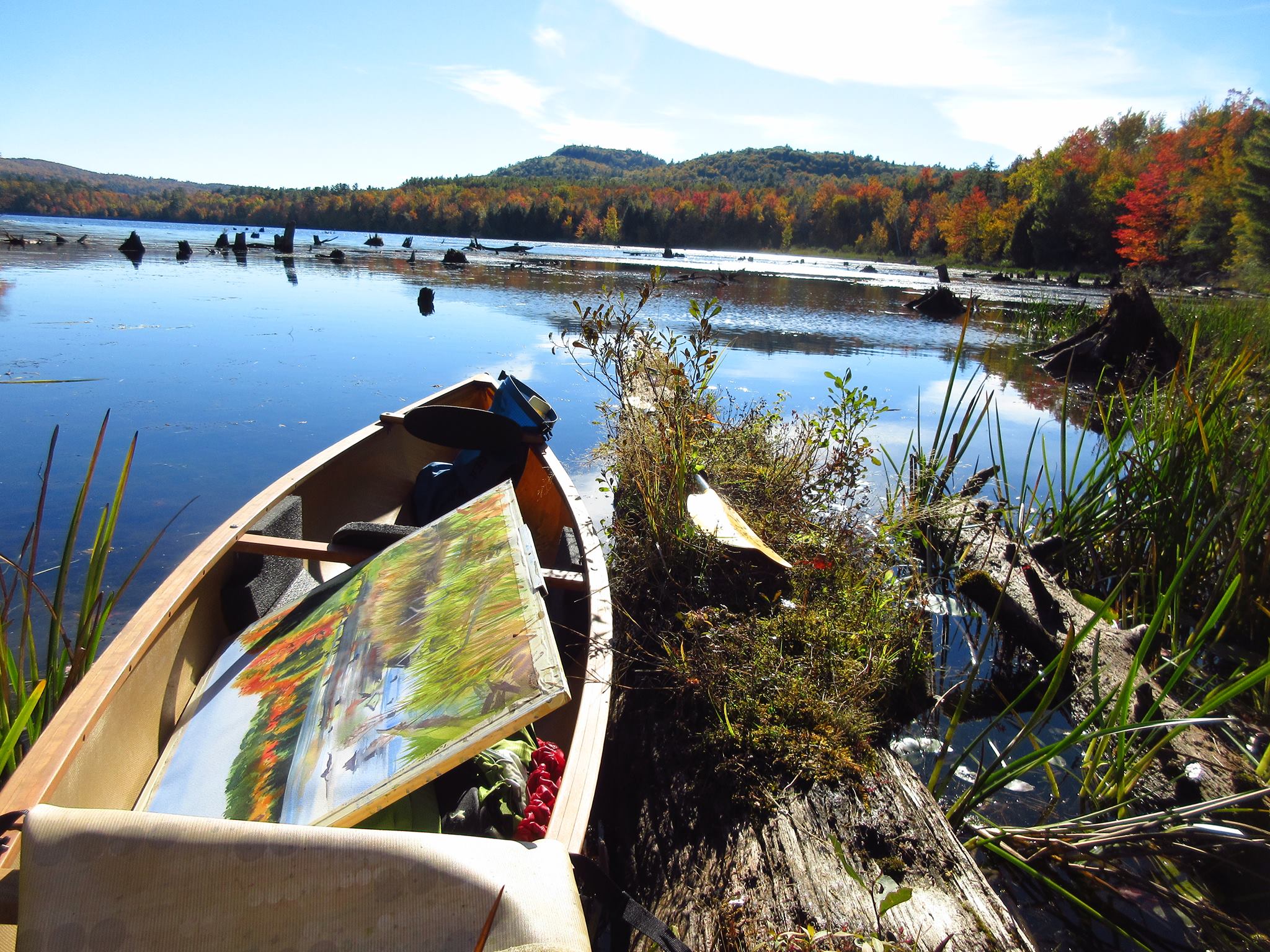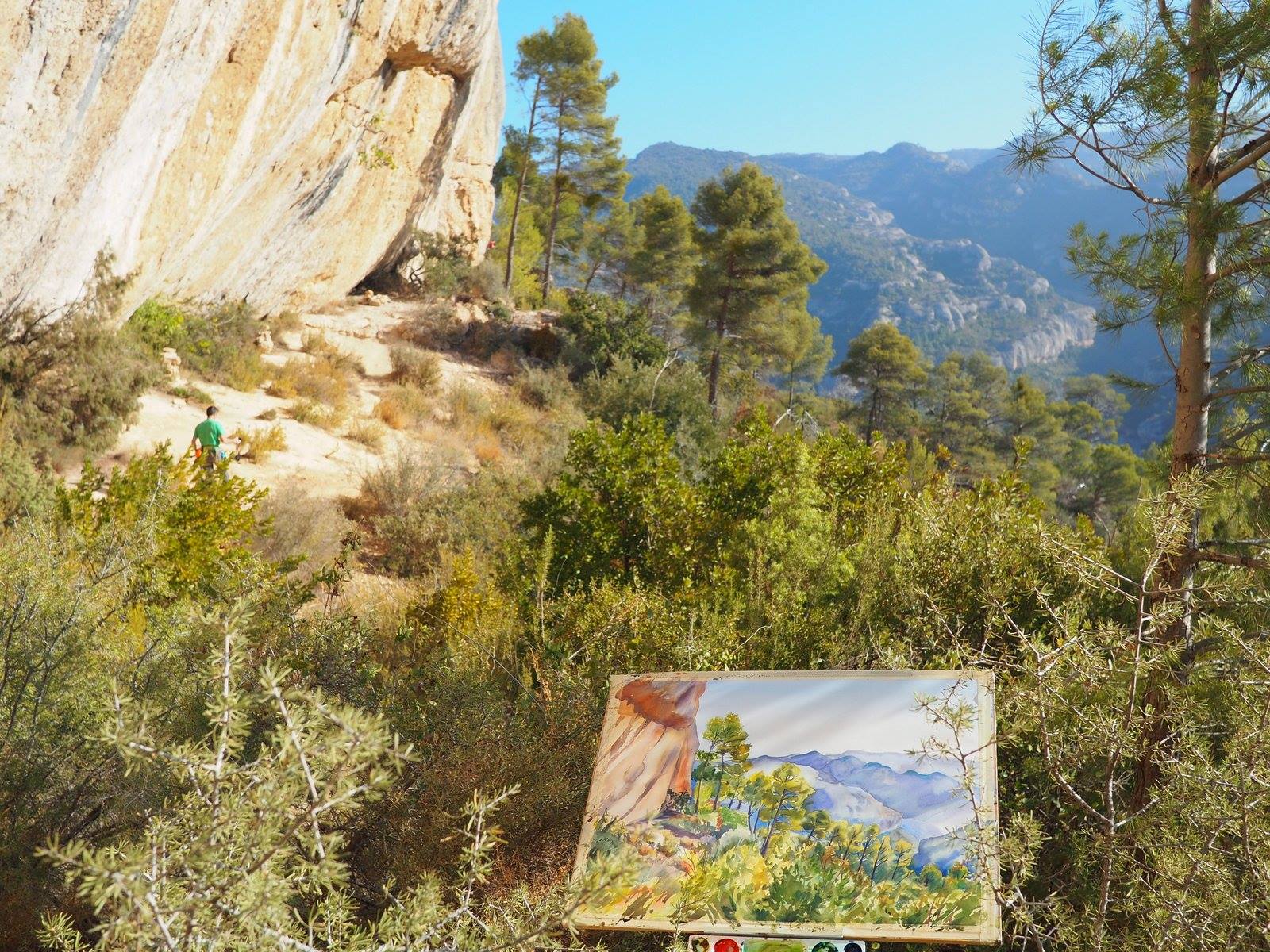Art Events in Central New York
A lot of people residing in Onondaga County think that there is nothing going on or nothing to do here. Yet, if they knew more about CNY Arts, whose mission “is to promote, support, and celebrate arts and culture in Central New York,” they would start believing otherwise. When you visit cnyarts.org, you will be surprised of all the art and entertainment events you can experience in Central New York.
A lot of people residing in Onondaga County think that there is nothing going on or nothing to do here. Yet, if they knew more about CNY Arts, whose mission “is to promote, support, and celebrate arts and culture in Central New York,” they would start believing otherwise. When you visit cnyarts.org, you will be surprised of all the art and entertainment events you can experience in Central New York.
Furthermore, art and cultural organizations, as well as artists, can create a free account which will allow them to share their events, classes and workshops in the CNY Arts Directory. To get listed, register here: http://weare.cnyarts.org/
About CNY Arts
Who We Are
At CNY Arts, we believe that a healthy arts industry is essential to the quality of life and community in Central New York. We strive to connect the general public to the rich array of arts and cultural opportunities in the area. It doesn’t matter where your place is in the arts—artist, audience member, participant, venue, educator or supporter—we want you to create and experience the arts throughout CNY, in every town, city, neighborhood and school.
What We Do
We provide support and assistance to individual artists and arts and cultural organizations through access to grants, capacity-building assistance, education and training, and promotional services. We serve the counties of Cortland, Herkimer, Madison, Oneida, Onondaga and Oswego. Our goal is to enhance a greater appreciation for the arts and cultural vibrancy of the region. (cnyarts)
Thanks to the CNY Arts Individual Artist Commission Grant, I was able to fund a creative and interactive art project in 2014 that concluded in an art exhibition at the Onondaga Free Library titled Trees of Onondaga in 2015.
Also, I used the CNY Arts Directory to easily compile a list of upcoming art exhibitions that I believe are a must see.
If you are an illustrator and/or love illustrations and cartoons, I recommend you go see Edward Koren: The Capricious Line
Edward Koren, Worship 10 a.m., 1991, SUArt Gallery.
Edward Koren: The Capricious Line celebrates the five-decade career of renowned cartoonist and long-standing contributor to The New Yorker, Edward Koren. This exhibition profiles approximately 50 original works on paper, many displayed for the first time.
Edward Koren: The Capricious Line was developed by the Wallach Art Gallery at Columbia University and encompasses an eclectic set of themes Koren tackles with his wry, astute criticism. Curated by Diane Fane and David Rosand and organized for tour by International Arts & Artists, Washington D.C.
Where: SUArt Gallery Shaffer Art Bldg, College Place • Syracuse, NY 13244
When: Friday Oct 28 - Friday Dec 23. Tuesday – Sunday 11:00 a.m. – 4:30 p.m. Thursday until 8:00 p.m. Admission: Free
If you are a fine artist and/or fine art lover, here are three must see exhibitions:
European Masterworks From The Permanent Collection
Wassily Kandinsky, Russian (1866-1944), Improvisation No. 23, 1911. Oil on canvas, 43 ¼ x 43 3/16 in.
Museum Purchase, 56.42, Munson-Williams-Proctor Arts Institute
European Modernism masterpieces are on view in the Museum of Art's permanent collection galleries. Included are artworks by Kandinsky, Mondrian, Picasso, Dali, and many others. In the early 1950s Harris K. Prior, the Museum of Art Director, and Edward Root, Consultant in Art, developed for the Munson-Williams-Proctor Institute Museum of Art a small, distinguished collection of paintings and sculptures that were created by pioneers of major 20th-century artistic movements, such as Cubism, Futurism, and Surrealism.
The Museum was founded as a collection of art from the United States, but Prior and Root believed that assembling a group of modern European art would be beneficial to demonstrate the influence of Wassily Kandinsky, Pablo Picasso, Salvador Dalí and other Europeans on American artists. Edward Root explained to the Board of Trustees, “This ought to give a kind of context to the collection, since it was in Europe that the rather strange developments of this century were initiated.” Since the Prior and Root era, the Museum collected additional pieces that strengthen European-American connections. Prior, Root and subsequent Museum personnel were extremely judicious in their selections, so that the European Modernism collection represents each artist at the height of his powers. (mwpai)
Where: Munson-Williams-Proctor Arts Institute, 310 Genesee Steet • Utica, NY 13502
When: January 4, 2016 - January 2, 2017. Tuesday – Thursday, 10am. - 5pm. Friday, 10am - 8:00pm . Saturday, 10am - 5pm Sunday, 1pm – 5pm. Admission: Free
Angela Fraleigh: Between Tongue and Teeth
Carried by voices, oil, 23kt gold leaf and galkyd on canvas, 66" x90", 2014. Courtesy of the Artist.
Angela Fraleigh, based in New York City and Allentown, co-opts the techniques, media, and styles of European Old Masters to create monumental paintings of female figures that explore social constructs of gender, power, and identity. Combining abstraction and realism, her visually seductive and complicated paintings reflect on art history, literature, and popular culture. For the Everson, Fraleigh presents new paintings inspired by works in the Everson's collection, women of the Arts and Crafts movement, and important female figures in the history of Central New York.
Where: Everson Museum of Art 401 Harrison St. Syracuse, NY 13202
When: September 24, 2016 – December 31, 2016. Wednesday - 12:00 – 5:00 PM. Thursday - 12:00 – 8:00 PM. Friday - 12:00 – 5:00 PM . Saturday - 10:00 AM – 5:00 PM . Sunday - 12:00 – 5:00 PM.
Admission: Free for members, $15 for non-members
Snowy Splendor: Winter Scenes of Onondaga Count
Since the winter of 2013, Snowy Splendor: Winter Scenes of Onondaga County has featured oil, acrylic, and watercolor paintings, photographs, and pastel drawings of winter scenes of Onondaga County from local artists and photographers. The scenes include downtown Syracuse, parks, rural vistas, and woodland settings. The imagery also is varied; sometimes stark, sometimes colorful, yet all evocative of a season we love and hate.
Where: Onondaga Historical Museum, 321 Montgomery St., Syracuse, NY, 13202
When: November 20, 2016 through Spring 2017. Wednesday to Friday, 10-4, Saturday and Sunday, 11-4. Admission: Free
If you want to shop for local fine art, functional art and jewelry, here are three recommendations for you:
Syracuse Art Mart 2016
Here you will find original art from over 45 local artists featuring paintings, photography, jewelry, textiles, stained glass and more.
Where: 499 Warren St. 499 Warren St, corner of E. Onondaga St • Syracuse, NY 13202
When: November 4, 2016 – December 24, 2016 11am—4pmMonday—Wednesday, 11am—6pm Thursday — Saturday.
Natur-Tyme’s Art Gallery at the Community Corner
Here you will find original art from over 10 local artists featuring paintings, illustrations, drawing, pottery, sculptures, home decor and stationary items.
Where: Natur-Tyme, 3160 Erie Blvd. East, DeWitt, NY 13214 (315) 488-6300
When: Store Hours: Mon-Fri: 9 am to 8 pm, Saturday: 9 am to 6 pm, Sunday: 10 am to 5 pm.
Holiday Show and Sale
Here you will find hand-made works of Alison Fisher, including handbags, jewelry, scarves, mittens and landscape paintings.
Where: Edgewood Gallery, 216 Tecumseh Rd. Syracuse, NY 13224(315) 445-8111
When: November 18, 2016 - December 30, 2016. Tuesday - Friday: 9:30 am - 6 pm , Saturday: 10 am - 2 pm.
Land Art
In order to grow as an artist, the best thing to do is to try something new and get out of your comfort zone. I would describe myself as a traditional two-dimensional artist; therefore, with this land art project, I was able to think outside of the box and instead of drawing with the typical pencil and paper, I went outside and started designing with what the land had to offer.
In order to grow as an artist, the best thing to do is to try something new and get out of your comfort zone. I would describe myself as a traditional two-dimensional artist; therefore, with this land art project, I was able to think outside of the box and instead of drawing with the typical pencil and paper, I went outside and started designing with what the land had to offer.
For my first Land Art project, I decided to create a Mandala design by using leaves and pines cones found and collected around the yard. My process was simple, I started with the yellow maple leaves and designed an oval, then I added the green lilac leaves and the brown pine cones to further develop that mandala and to create some contrast. I let three weeks pass by, and it was interesting to notice how the leaves were the most effected by the weather and the passage of time; yet, a couple of weeks later, I started to see a fading in the pine cones, as well, and the mandala was almost unrecognizable. The elements I had used to draw in the landscape went back to their real purpose of decay and renewal.
For my second project, I decided to create an installation of leaves tied by the stems on the branches of a bare arctic kiwi plant. After a month the vibrancy of the fall colors faded away.
For my third art project, I wanted to depict how the sun had an important role in creating instant drawings through its dramatic play of of lights and shadows.
For my fourth project, I decided to use recycled brown paper, braided tall weeds and plant to create lines which either flowed harmoniously with the landscape or harshly contrasted with it.
Lastly, I wanted to depict how a small land art design can have a great visual impact on the landscape, if even for a very brief period.
In conclusion, what I have learned from land art is that the creative process is more important than the final art piece, which is short-lived. While working on these art projects, I witnessed nature as a constant dynamic force. Through the sun, rain, and snow influencing and destroying my land art pieces, I felt the never ending energy and its effortless flow, and I saw the beauty of life in all its glory.
The Artist's Path: 5 Fine Artists who Make a Living with Their Art
For this blog post, I've decided to highlight 5 professional fine artists, who make a living with their art, in order to inspire emerging artists that this career path, even though it's hard, is possible. These artists kindly shared with me who they are, what they do, and a piece of wisdom they learned along their creative journey.
For this blog post, I've decided to highlight 5 professional fine artists, who make a living with their art, in order to inspire emerging artists that this career path, even though it's hard, is possible. These artists kindly shared with me who they are, what they do, and a piece of wisdom they learned along their creative journey.
Bridget Bossart van Otterloo
“Time is your most valuable asset. Everyone gets the same amount of time in one day, it’s your choice to decide how you’re going to spend it. Make what’s important to you a priority.”
Q: Who are you and what do you do?
A: I'm a painter living in Corning NY, a small town with a great art community. I spend most days working in my home studio. I also teach part time in my studio and at 171 Cedar Arts Center here in Corning. https://www.171cedararts.org/classes/drawingpainting
My work is inspired by the beauty in nature.
Here is my Artist Statement:
My work is about the beauty in nature. I believe that this beauty enriches our existence, if we can only take a moment to pause our busy lives and take notice. Natural forms, elegant lines, bold colors, and the intrinsic details found in nature are the themes in my work. When painting, I represent nature accurately, but also with my own impression. I use the paint, oil or watercolor, in thin transparent layers. This layering technique creates a luminous glow throughout the piece, as light passes through and bounces off the different layers. With nature as my muse, I have yet to run out of inspiration. I hope my work serves to reconnect you with her beauty.
My work can be viewed at the West End Gallery and The ARTS Council of the Southern Finger Lakes on Market Street in Corning, NY. It can also be viewed at the Nan Miller Gallery in Rochester, NY
Q: How has your practice changed over time?
A: My work has always been inspired by nature. Over time I've broadened my subject matter to include landscapes and figurative work. I also enjoy working in ceramics from time to time.
Q: What work do you most enjoying doing?
A: My favorite part of the process is setting up a still life. It's at this point that the painting is full of potential and possibilities are endless.
Q: What’s the best piece of advice you’ve been given and learned in your art career?
A: Time is your most valuable asset. Everyone gets the same amount of time in one day, it's your choice to decide how you're going to spend it. Make what's important to you a priority.
Wendy Harris
“you never get worse by doing - just keep painting”
315-727-6577 www.wendyharrisfineart.com
Q: Who are you and what do you do?
A: I’m largely a landscape painter, both plein air and studio; pastel is my primary medium. I love the immediacy, vivid color, depth, and elasticity of soft pastels. And I’m just finishing up a 48 x 75” commission of a cityscape done in acrylic and oils. I’ve been graced to have been the singular 2D commissioned artist for Upstate Medical Center’s new Cancer Treatment Center which is entirely decorated with regional art along the theme “healing through nature.” I have eight additional paintings and prints in the exquisite facility. I am happily getting a reputation for being the go-to artist for healing environments. What an incredible privilege.
Q: How and where do you work?
A: My studio is in Syracuse's Delavan Center, the largest collection of artists under one roof between Rochester and Albany. I work, as well all do, in solitary pleasure. I am happy to get outside when the weather allows but nothing is as rich as the late summer and autumn months in Central New York State. Strangers invited me to visit and paint where they lived… France. I very much liked that too…! Where to next?!
Q: How has your practice changed over time?
A: This latest commission has forced me to be doggedly dedicated to daily painting for several months, a discipline I have long resisted but welcomed and learned from. My practice has changed over time. First, I have matured as an artist due to just age and doing. I have come into my own, finally being able to say “I can do this” and "this is who I was meant to be.” I now give private lessons and love it. I am working into the use of a brush and other mediums, eager to see where that takes me. I am getting looser and more daring in color, both are welcome but not always predictable.
Q: What work do you most enjoying doing?
A: I confess I love chasing clouds and the late afternoon golden hour. Those are two distinctly different activities and times of day as clouds so often disappear at sunset. Clouds require reference material in a studio as they are so ephemeral. I’m a proud member of the Cloud Appreciation Society. Golden hours are meant for plein air painting which is so satisfying - the conditions of the day return as a gestalt whenever I view the image. Maybe the moment you fell in love does that for you, but here it is repeated so many times with the many wonders of the natural world. I count myself very lucky.
Q: What’s the best piece of advice you’ve been given and learned in your art career?
A: “you never get worse by doing - just keep painting”
Cayetano Valenzuela
“[Every] one of us is equal in the fact that we are given 24 hours...in a day and we chose what we do with that 24 hours...Are we dedicated enough to make that time count? ”
Q: Who are you and what do you do?
A: My name is Cayetano Valenzuela and I am the owner of Black Rabbit Studio. Black Rabbit paints signs, does illustration and a little design work.
Q: How and where do you work?
A: I have a studio in the Delavan Building on West Fayette St. Syracuse. I also have a home studio and workshop. I cut and build at home and paint at the studio. I draw wherever.
Q: How has your practice changed over time?
A: Most definitely. Hand painted signs have been keeping my pretty busy these days. I had been doing more illustration and painting five years ago. I still do that but I have had to find a new balance in order to grow my business. I think I am still changing how my business works and what it works on. I am constantly trying to refine Black Rabbit Studio
Q: What work do you most enjoying doing?
A: Honestly I love to draw. I love to draw letters and I love to draw figures. I also love vintage ephemera whether it be old circus & movie poster or fading ghost signs. Searching for inspiration in old books or on the internet or in antique shops and finding great illustrations or examples of lettering is so much fun.
Q: What’s the best piece of advice you’ve been given and learned in your art career?
A: The best piece of advice came from my college professor Prof. Torlen. He said, We are not actually born equal, we are born under different circumstances and different economic and social barriers, We all have different skill levels and drivers. However, where we are in fact equal, every one of us is equal in the fact that we are given 24 hours. 24 hours in a day and we chose what we do with that 24 hours. We could go to the movies we could sleep we could go a hang out with friends and we can make art. Each one of us must chose what we do with those 24 hours. What we as artists must decide is this: Are we dedicated enough to make that time count? The dedication to have a life in the arts for me came from those words. It has continued to inspire me to this day. I can't and will not have a life where these hands don't make art everyday in one form or another. I know that is what I am made for. So I swing a brush for a living and I am happy to do just that.
Lucie Wellner
“Hillary Paige...taught me to use a small “view finder” made out of a piece of matboard and clear plastic, divided into quadrants. This helps see, select, and simplify...the scene. I never start a plein air painting without it.”
Q: Who are you and what do you do?
A: I am an artist and designer. My focus is primarily watercolors and I also do some freelance design. I paint watercolors outside as much as I can, and also paint in my studio at home in Pompey. Traveling always offers loads of inspiration because the landscapes and light quality are different from Central New York. The studio is great because I can control my environment and touch up hastily painted scenes, explore new techniques and mediums and incorporate photographic references. I try to stay away from copying photos, but occasionally they are very useful as a departure point, or for creating a painting that is less dreamy and more accurate. An example of this is this painting of a rose that I photographed at the E. M. Mills Rose Garden in Thornden Park.
Q: How has your practice changed over time?
A: I have tried to focus mostly on watercolors in order to get a handle on how to best use the medium, but I remain interested in drawing with pen and ink, block printing, and fantasize about learning about a million other art practices. I like to test out new techniques at Open Figure Drawing. The figure never disappoints as inspiration.
http://openfiguredrawing.com/
Q: What work do you most enjoying doing?
A: The work I enjoy doing the most is un-interrupted, hands-on activities that help turn down the volume of brain static. Painting outside, especially in a secluded area, satisfies this requirement perfectly.
Q: What’s the best piece of advice you’ve been given and learned in your art career?
A: If I have to cite just one piece of advice that I've received, it's the one from Hillary Paige. She taught me to use a small "view finder" made out of a piece of matboard and clear plastic, divided into quadrants. This helps see, select, and simplify (her words) the scene. I never start a plein air painting without it.
Linda Bigness
“Be your own critic and work everyday.”
Q: Who are you and what do you do?
A: I am a professional artist in residence at the Studio 245, Delavan Center, 509 W.Fayette St. Syracuse, NY Phone: 315-491-3346
Q: How and where do you work?
A: Studio 245
Artist Statement
I am an internationally exhibited artist who maintains a gallery/studio in Syracuse, New York. My work has been exhibited in several prestigious solo and group shows that have involved notable jurors such as art critic Clement Greenberg, Ivan Karp, director of OK Harris Gallery in NYC, and Tom Piche, director of the Daum Museum of Contemporary Art. In addition, my large scale paintings are often selected and commissioned for corporate and residential clients, including the Turning Stone Resort, Merrill Lynch Corporation, Haylor, Freyer and Coon, and Bausch and Lomb. I continue to exhibit professionally at several venues with artwork featured frequently at the Nan Miller Gallery in Rochester, NY.
Presently I am working on my latest book and exhibition about abstract art and the contemporary processes used by working artists today. Part of the research for this book is taken from the workshops I teach and my oil painting and mixed media collage experience. For over 30 years I have used my expertise to share with others the unique beauty and processes of my chosen medium through writing, teaching and professional exhibits.
My first book “Paint It, Tear It, Create It” offered the reader insight into visual abstract thinking through the process of collage into painting. I continue to explore the abstract through surface manipulation using encaustics and oil and I am currently working on a new series, the “Journey Stones Revisited,” that reflects my extensive travels through the United States and Europe.
Q: How has your practice changed over time?
A: See my web site for the professional growth and new work: www.bignessart.com
Q: What work do you most enjoying doing?
A: I am a painter who enjoys the discovery of media and its applications in all forms.
Q: What’s the best piece of advice you’ve been given and learned in your art career?
A: Be your own critic and work everyday.
I hope you enjoyed learning about these talented painters as much as I did and took a moment to read their advice on time management, daily art practice, a trick to successfully paint an plain air, and how you should be your own and only critic.
Maria Rizzo
The Artist's Path: Understanding the Art World
If you are a newcomer artist, who wants to achieve success in the privileged art world, Tomiuc suggests that there is only one way to do so, which is by branding yourself. Yet, understanding the mechanics of the art market, the system of art collectors, art dealers and museums of art can be quite an eye opener (p. 6).
Since first stepping into a fine art high school in Italy, I wondered why a selected number of contemporary artists were enormously famous while the majority remained completely unknown.
Self-portrait on the Borderline Between Mexico and the United States, 1932, Oil on metal, 12 1/2" x 13 3/4", Collection of Mr. and Mrs. Manuel Reyero. Source: http://www.pbs.org
I realized that the craftsmanship of their art was not the reason why they had superstar careers, and I observed the trends of conceptual art and minimalist art, and the artists’ fervent goal of creating shock in the public. It felt like true appreciation for the skillfully created, beautiful works of art disappeared to give space to a different form of art, the entertaining spectacle. And that always hit a nerve. I thought “great, if that’s the direction the art world is taking, I guess I’ll never join that boat. I’ll study Botticelli, Michelangelo and da Vinci instead, and learn a thing or two from them.” Yet, even though aware of the sad reality of the art world, after reading about Frida Kahlo’s life and work and graduating from high school in 2007, I left Italy with a big dream of becoming a well known fine artist and making it as a professional painter. Yes, I truly believed I could make it, but I just didn’t know how. I thought the next step was to study art in college so, in 2008, I enrolled in the Visual and Performing Arts department with a major in painting - how wrong I was! Picasso wrote: “Learn the rules like a pro and break them like an artist” and all I was pushed to do was to break the rules and experiment, experiment, and experiment without being taught the rules in the first place! ‘Asking professors how to get into a gallery was like pulling teeth. I should have taken the hint from them that, unless super famous, it’s too hard to make a living solely with your art.
Source: www.amazon.com
In 2009, I made the hard decision to put my education aside to raise my growing family. Then the universe gave me a sign. One day, I remember feeling particularly frustrated about my assumption that without a degree I could never make it into the art world. That day, an aunt of mine gave me a book that she found at a garage sale, and it changed my life. The title of this book How to Survive and Prosper as an Artist: Selling Yourself without Selling Your Soul by Caroll Michels. This successful sculptor committed herself in helping other artists by fighting the myth of the starving artist and by coaching them the foundations necessary to become creative business professionals. In her book, Michels nicely explains how galleries are not the only way into the art world and how nobody will discover you at your house and make you famous. Thus, step by step, she guides artists into effective way to promote their art. The book, for many years, was literally my bible; it was my go to for building up my portfolio, my promotional materials, my website, and to build-up my artist resume’. Becoming a professional artist is a commitment for life, and she warned in her book to find a day job, not necessarily art related, to feed into this difficult path.
Yet, the questions remain: why are a selected number of artists super famous while the rest of us are completely unknown? What does it take for a new comer to climb up into the art world?
The original Fountain by Marcel Duchamp photographed by Alfred Stieglitz at the 291 (Art Gallery) after the 1917 Society of Independent Artists exhibit. Stieglitz used a backdrop of The Warriors by Marsden Hartley to photograph the urinal. https://en.wikipedia.org/wiki/Fountain_(Duchamp)
To answer those questions, I think it’s important to first understand what the art world is, what the art market is, and why artists and art institutions have to become brands to become famous and successful. Senior lecturer and PhD, Anamaria Tomiuc explains in her journal article, Branding in the art world: the contemporary visual artist that the art world is a “socio-economic systemic network” that includes “critics, art curators, artists and collectors…within galleries and museums” (p.5). If you are like me and wonder why conceptual art is considered art, sociologist, Howard S. Becker lays down a deep truth. Becker writes that “the theory states that reputation is founded on the art works. But in reality, the reputation of artists and of their art works derives from the collective activity of the art worlds” (qtd in Tomiuc). This means that whatever the art world says is art, is art, not the hours you put into your work or the dedicated experience you have built throughout the years to excel in your craft. If the art world says that what you have created it’s not important art, then it is irrelevant, while a toilet titled Fountain by Duchamp is internationally celebrated. Because… Conceptual art! You are very welcome to throw a fit right now, I totally understand the frustration, but it gets worse!
Poster. Source: http://archiv.monopol-magazin.de/
If you are a newcomer artist, who wants to achieve success in the privileged art world, Tomiuc suggests that there is only one way to do so, which is by branding yourself. Yet, understanding the mechanics of the art market, the system of art collectors, art dealers and museums of art can be quite an eye opener (p. 6). Tomiuc identifies the art gallery as the most important institution of the art world because they have the highest control over the art made by the artists. Interestingly, for the past three decades, art galleries have used continuous curated art shows as a strategy to sell a large number of art works while quickly raising the value of the art pieces. Then we have the collector, who plays an extremely important role in building the credibility of the artist they choose to invest in, with the capability to launch their career to an international level. These collectors, with their large capital and their involvement as board of directors in art museums, play different roles in the art market: they buy art, sell art, they curate exhibitions, and sometimes they even open contemporary art museums (p. 6, 7). Whoa, right? Art history has and will be written around these eccentric millionaires’ taste.
The art market also includes the auctions houses and the art fairs, which are responsible for the rise in the price of the art and the quota of the artwork sold, and are the places where dealers search for new art trends and see what they like (p.7). Established artists whose art is sold in these markets, will witness an increase in the value of their work. Collectors buy art signed by what they think is an important artist as an investment for their social status; therefore, collectors, media coverage, fancy art events, and contemporary art museums, and galleries all build up the image of the artist as a superstar (p. 8). Therefore, Tomiuc advises that to become famous and being able to monopolize the art market, they have to brand themselves.
You might ask, how do you do so? How do I brand myself??
Andy Warhol's Self-Portrait, 1986 sold at Sotheby's in 2010 for $32.6 million. Source: http://www.sothebys.com/
Tomiuc shares that Warhol branded himself by using self-promotion, and by creating an image that he kept consistent throughout the years (p. 10-12). Tomiuc shares this in her article:
As R. Moulin says, the strategy of the newcomers involves a collaboration with one (or more) leader gallery (brand gallery – Gagosian, Gladstone, Haunch of Venison, Yvon Lambert, etc.) which assures their launching and promotion on the market, the acquisition from a great collector (brand collector – Saatchi, Pinault, Arnauld, etc.) – which gives them an international passport – then, the diversification of the galleries, dealers and collectors they collaborate with. An important aspect in the building up of their celebrity persona and their brand is the use of advertising and marketing strategies and a lot of media exposure in articles and professional magazines (Art Press, Frieze, Flash Art, Artforum, New York Magazine, etc.), pages in catalogues (Art Now, 100 Contemporary Artists, etc.) and tabloids. The receiving of an important award (Turner Prize, Prix Marcel Duchamp), the participation in major branded cultural events (the Venice Biennial), the insertion of their works and important major exhibitions in brand museums (Tate Modern, Centre Pompidou, MoMa, Guggenheim, etc.) follow. (qtd. In Tomiuc)
So that is the advice, if you want to become a zillionaire artist super star. Good luck in the process! I think I’ll go through a different direction; I am a creative entrepreneur who will keep building up her business along with a future career as a professor. I will keep creating art to show in galleries and shops, work on art commissions for clients, and I won’t be consumed by the scarce chance of making it into the art world. I am grateful that I can create art, sell art, and that I have a balanced work/life. In my next blog post I’ll talk about how to brand yourself as an artist not much to please your ego, but to fulfill your creative soul. Stay tuned.
Work Cited
Tomiuc, Anamaria. “Branding in the art world: the contemporary visual artist.” Journal of Media Research. 8.2. (2015): 3-13. Online Library OneSearch. Web. 18 Sept. 2016
Michels, Caroll. How to Survive and Prosper as an Artist: Selling Yourself without Selling your soul. New York: Henry Holt and Company, 2009. Print.
MARIA RIZZO
Trees, Lands & Dreams | Art Blogger #theartistspath | Art Educator | From Italy 🇮🇹🇺🇸 |




